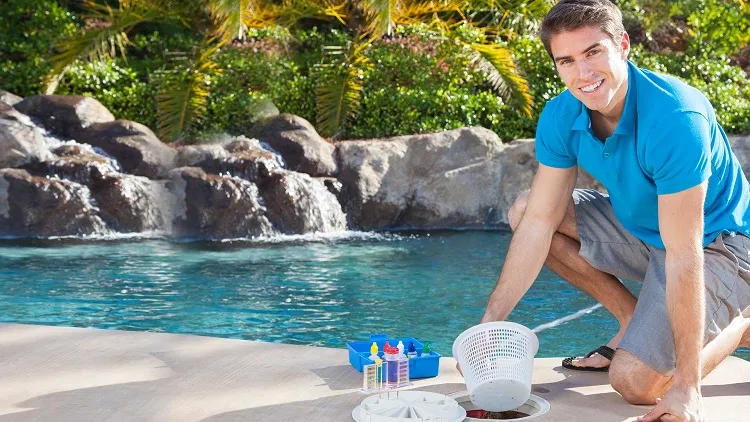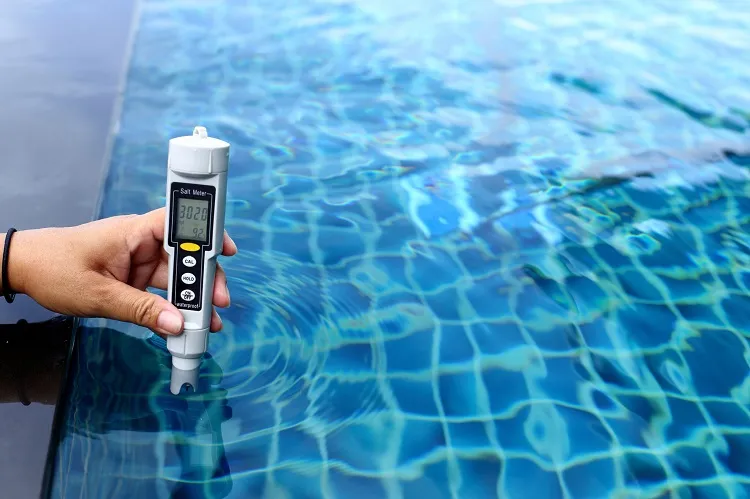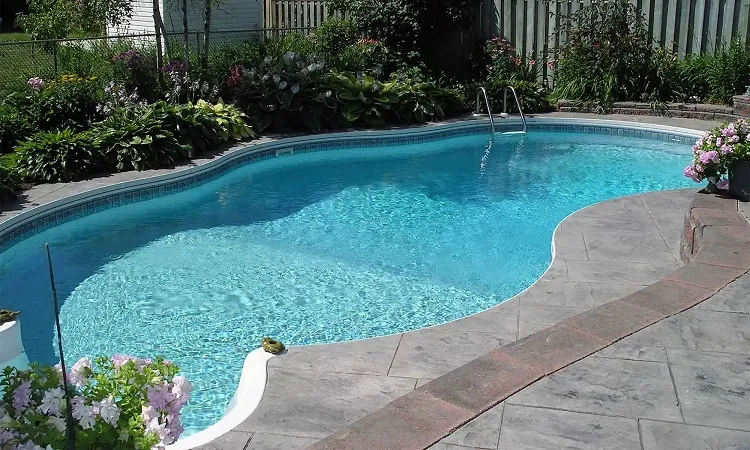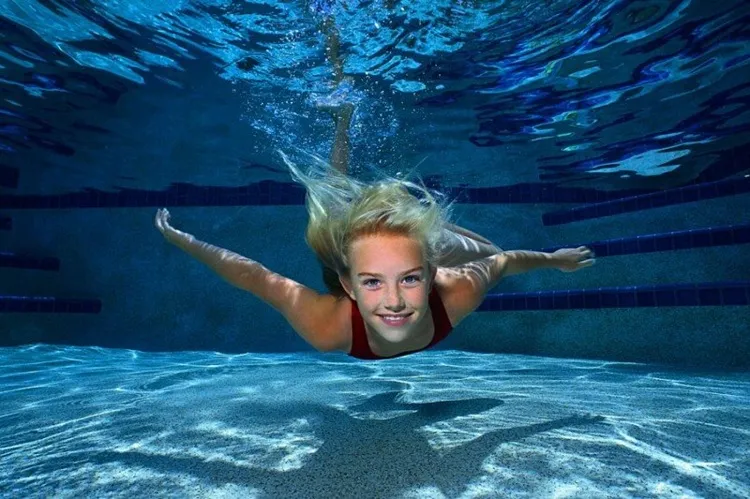Table of Contents
The proper maintenance with chemical and mechanical means of swimming pool allows water to be clean, safe and transparent. No matter which method you choose how to clean its waters, a clear and properly maintained pool acts as a refreshing haven for your recreation, tranquility and enhancing the health. So, if you are determined to acquire such a possession, do you know how to clean the filter cartridge? What chemicals are needed for keeping the water clear and shiny? Is there a natural and no harmful alternative to chlorine?
What chemicals do I need to clean my pool?

Ads
Chemical balance is an important question when thinking of how to clean your swimming pool for keeping its waters secure, smooth, and sparkling:
- Chlorine content: Chlorine is the most ordinary pool sanitizer, removing bacteria, algae, and other unwanted particles. It could be found in a few variants, like liquid, tablets, or granules. Chlorine should be maintained at the recommended chlorine concentrations (1-3 ppm).
- pH balancers: The pH value of the pool waters is vital for chlorine’s effectiveness. Use pH balancers to keep the pH between 7.4 and 7.6 to minimize skin and eye irritation and enhance chlorine effectiveness.
- Algaecides: Algae reproduce fast and are able to turn the pool into an unsightly confusion. Algaecides contribute to stop or control algae growth.
- Calcium hardness regulators: Good calcium hardness of 150-400 ppm do not allow water to become corrosive. This has a positive effect on the lifespan of your pool’s surfaces and equipment.
- Stabilizer (Cyanuric Acid): It is important for defending chlorine not to be decomposed by UV rays. Keep the level of this chemical between 30-50 ppm to maintain chlorine activity.
- Shock Treatment: Treating your pool with a high dose of chlorine breaks down organic impurities and restores fast the water cleanless. To do shocking is reasonable after intensive pool usage or when chlorine concentration decreases.
How do I keep my pool clean without chlorine?

Ads
Chlorine is the most affordable and strong pool sanitizer, but there are people who are searching for alternatives because of its unpleasant odor and possible irritations of the skin:
- Saltwater systems: Salt-chlorine convertors transform salt into chlorine, which creates a more gentle and permanent sanitization in comparison with the traditional chemical.
- Mineral systems: Minerals like silver and copper stop bacterial and algae reproduction. Although not so strong like chlorine, they are a good natural alternative to this chemical.

- Bromine: It is an efficient option instead of chlorine, most suitable to hot tubs and indoor pools. Bromine is effective in high temperatures and remains steady in a wider pH diapason.
- Ozone and UV systems: Ozone and ultraviolet sanitize water by breaking down impurities. They decrease the need for chlorine, but may not remove it entirely.
Read also: Make Your Pool Eco-Friendly with These Tips
How to clean your swimming pool filter cartridge?

One important facet of keeping a clean pool is to make the filtration system to operate optimally. Pool filter cartridges have an essential role in cleaning dirt, debris, and impurities from the water. Removing all these from filter cartridge makes the water to circulate and filtrate efficiently. There are some guidelines for a trouble-free filter maintenance:
- Stop the pump from working: Prior to treating the filter cartridge, stop the pool pump from working, not to allow any mishaps or injuries.
- Release pressure in filter cartridge: Open the air relief valve on the upper part of the filter to release pressure. This action removes the danger of any accidental outburst of air or water while you open the filter.
- Take out the cartridge: Unwind the filter body and deliberately pull out the cartridge. Replace it on a clean spot or on some sheet not to allow more contamination.
- Wash the cartridge: Utilize a garden hose to wash off loose impurities and dirt. Begin with the top and continue your way down, making sure all pleats are entirely cleaned.
- Deeper cleaning: Even if you rinse regularly, there is no guarantee that you’ve removed all debris. For further cleaning, submerge the cartridge in a filter cleaner solution. Comply with the manufacturer’s instructions for the suitable soaking time.
- Brush and rinse once more: When the soaking is finished, take a soft brush to slightly scrub the cartridge’s pleats. Wash the cartridge once again to remove any remaining cleaner residue.
- Look through and reassemble: Explore the cartridge for signs of fatigue or injury. If the device is in good state, reassemble the filter, checking if all seals are properly aligned.
- Switch on the pump: Turn on the pump again on and see if there are any leaks. Observe the filter’s pressure gauge – if it indicates an increased value, it’s probably the right time to change the cartridge.

Read also: What’s The Best Way to Clean the Bottom of the Pool? Remove Sand & Algae And Keep the Surface Clean!
